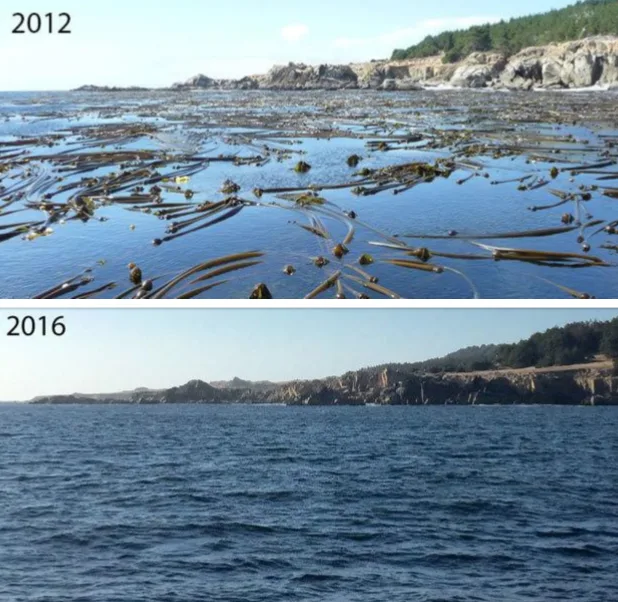
Ocean heat waves are becoming more severe and frequent
Marine heat waves have been amplified in most ocean basins in the past decade
While Earth’s atmosphere has been getting warmer over the past century, our oceans have also shown signs of unprecedented warming, and they are killing alarming amounts of ocean life.
Scientists are calling the extreme ocean water temperature events “marine or ocean heatwaves”, and they are becoming more frequent, prolonged, and intense with time. The most accepted definition of a marine heatwave is ‘one in which seawater temperatures exceed a seasonally-varying threshold (usually the 90th percentile) for at least five consecutive days.' Successive heatwaves with gaps of two days or less are considered part of the same event.
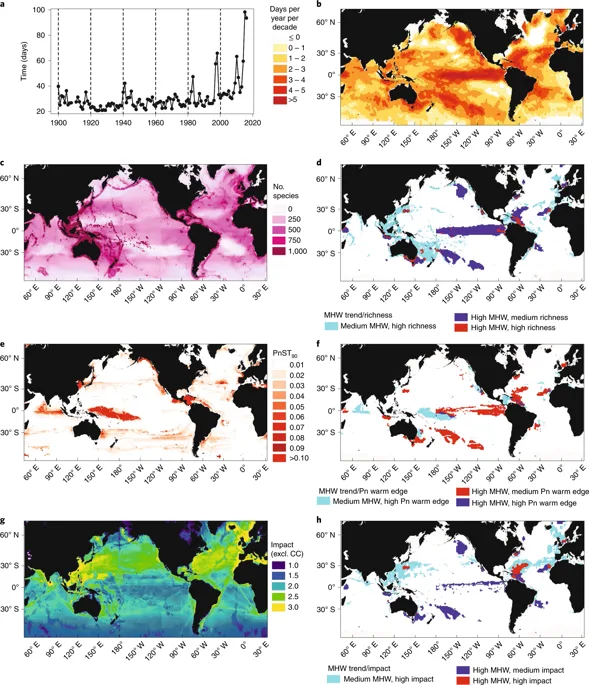
Credit: Dan Smale et al. (2019), Nature Climate Change.
Like a wildfire scorching thousands of acres of forested surface, ocean heatwaves kill large swaths of sea life and transform entire ecosystems.
Dan Smale, of the Marine Biological Association in Plymouth, UK, is the lead researcher of large group of scholars from worldwide institutions who have participated in the study of ocean heat waves published in Nature Climate Change. According to the authors, multiple regions in the Pacific, Atlantic, and Indian Oceans are particularly vulnerable to marine heat wave intensification, due to the existence of rich ecosystems that are easily disrupted.
But the presence of these warmer than usual pools of water can also have a tremendous impact on human global population, which relies heavily on oceans as a source of oxygen, carbon dioxide removal from the atmosphere, and food.
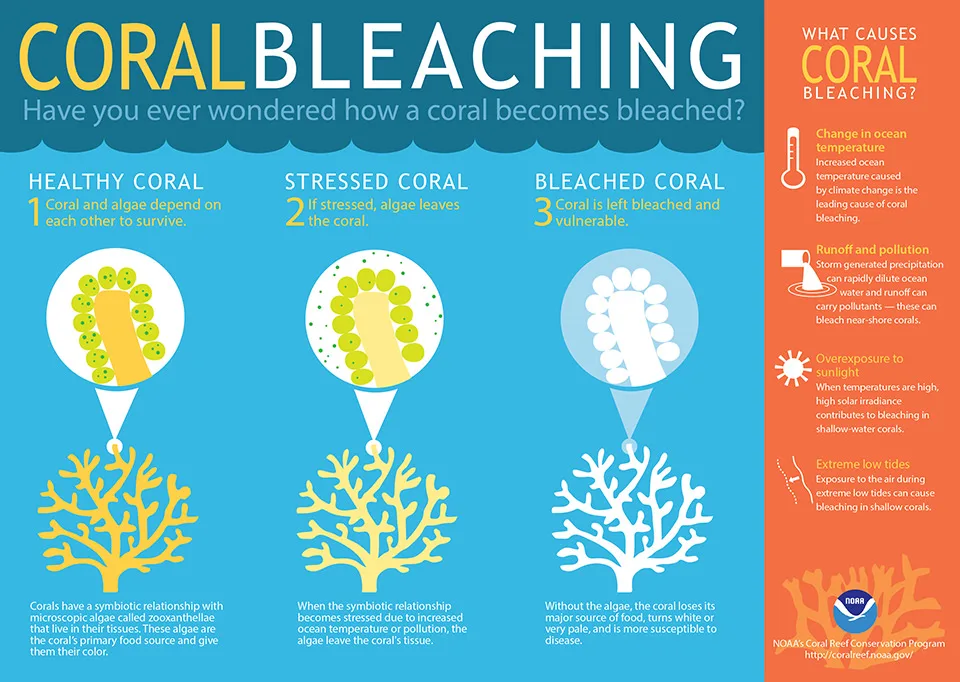
Credit: NOAA
The research presented by Smale and others is the first systematic global analysis of ocean heat waves. Overall warming of the planet is increasing average ocean temperatures, and the number of heat wave days has tripled in the past couple of years of study. Looking further back in time is just as concerning -- ocean heat wave days have increased more than 50 percent in the 30 years to 2016, compared to the period of 1925 to 1954.
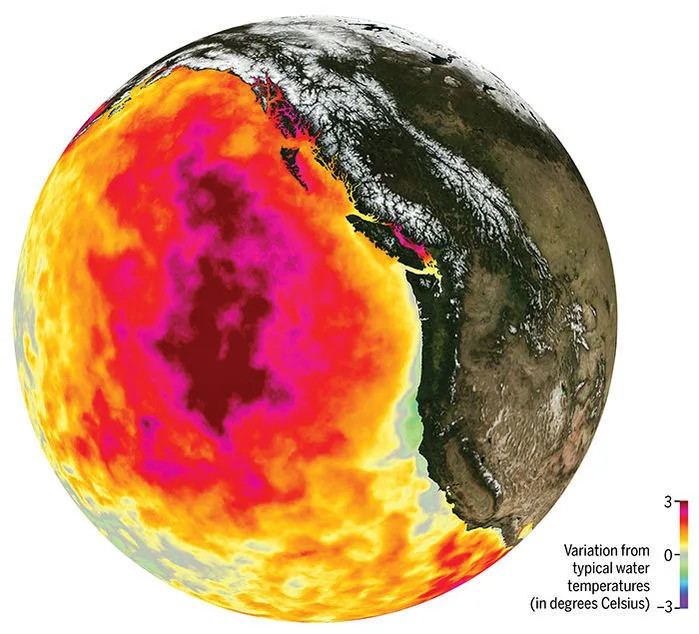
'The Blob' refers to the large mass of relatively warm water in the Pacific Ocean off the coast of North America.
According to Smale, “you see the kelp and seagrasses dying in front of you. Within weeks or months they are just gone along hundreds of kilometers of coastline.” Anthropogenic climate change is behind much of the redistribution of species and the reorganization of natural systems, and represents a major threat to global biodiversity.
The biggest surprise was the significant loss of what biologists call foundational species, like coral reefs, sea grasses and kelp forests. They support the diversity of aquatic life by providing shelter from predators, moderating temperatures and acting as food sources. When they disappear, the entire ecosystem disappears along with them.
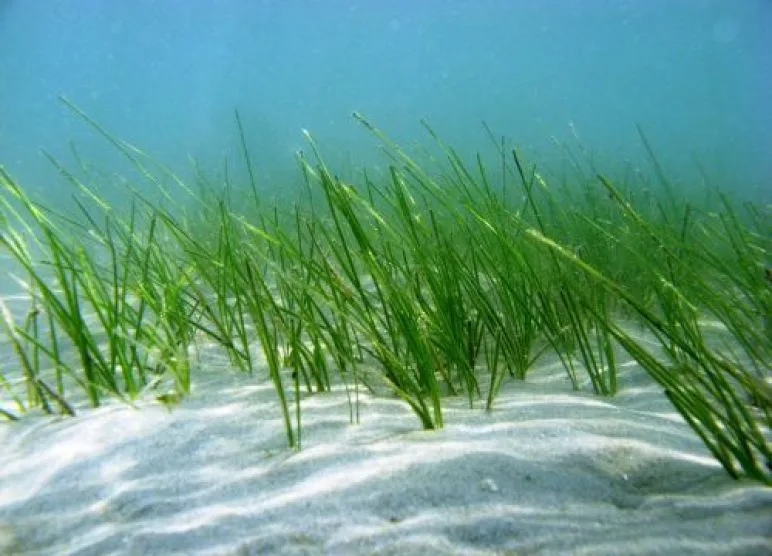
An image of sea grass. Credit: NOAA
Beyond quantifying the increase in heat waves, the research team conducted a thorough analysis of 116 research papers dealing with eight well documented marine heat waves. Events such as the record breaking El Niño of 2011 or the famous 'Blob' that persisted in the Northeast Pacific from 2013 to 2016 revealed that marine heat waves have adverse impacts on the ocean food chains, from essential plankton populations to invertebrates, fish and seabirds.
Despite the higher than average surface water temperatures, some marine wildlife are mobile and can, in theory, swim to cooler waters, but ocean heat waves often strike large areas more rapidly than fish can move. Eventually their impact on marine life can have major socioeconomic and political implications, as was seen in 2012 across the North Atlantic, when lobster stocks were dramatically affected creating tensions between the U.S. and Canada.
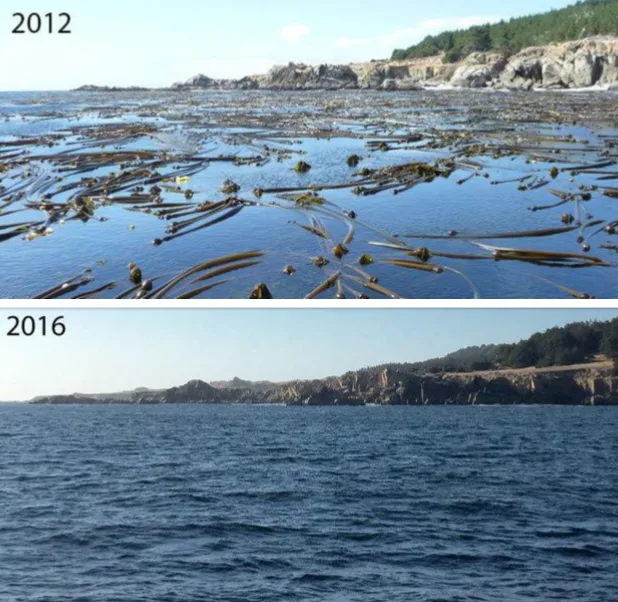
Legend: A bull kelp forest as seen from the surface of Ocean Cove in northern California in 2012 and 2016. Credit: Kevin Joe and Cynthia Catton, California Department of Fish and Wildlife.
These ocean anomalies have also impacted fisheries around the world, with sustainable fish catches declining 15 to 35 per cent in five regions, including the North Sea and the East China Sea.
Climate change will also have a major impact on whale populations in the southern oceans by reducing the krill populations they feed on. Model predictions point towards significant declines in the populations of blue and fin whales in the Pacific, and on Atlantic and Indian Ocean fin and humpback whales. Even local extinctions are contemplated by 2100.
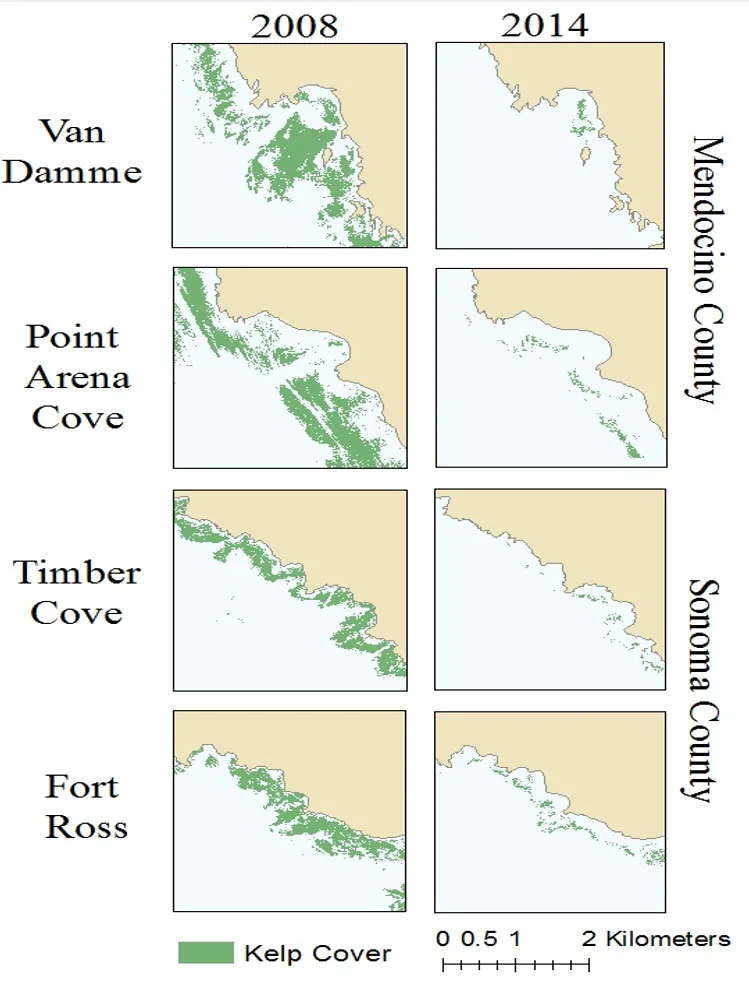
Warm ocean temperatures, a sea star disease outbreak, and a boom in urchin populations decimated several major kelp beds in northern California between 2008 and 2014. Credit: California Department of Fish and Wildlife.
Globally, marine heat waves have been amplified in most ocean basins in the past decade, and predictions show that they will only increase in strength and frequency over time.
Scientists warn that marine management and conservation approaches must consider marine heat waves and other future extreme climatic events if they are to preserve the integrity of highly valuable ecosystems during the coming decades.

